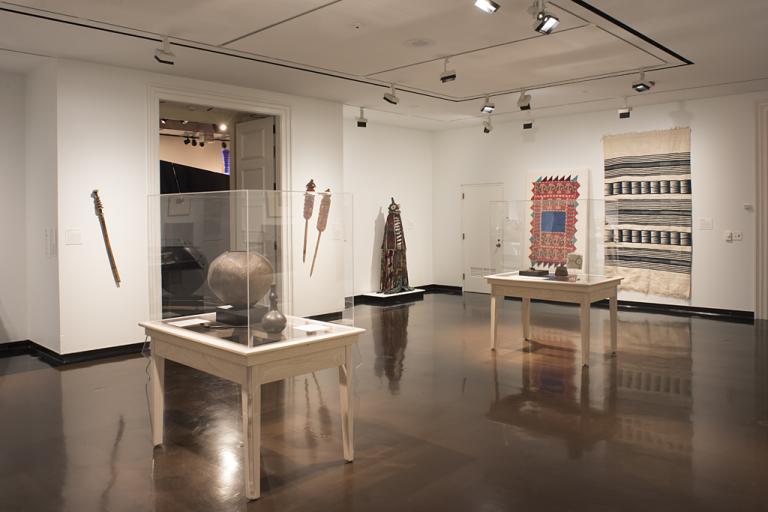neck ring, unrecorded Ndebele artist
Artwork Overview
unrecorded Ndebele artist, artist
neck ring,
late 1900s–1982
Where object was made: Transvaal Province, Union of South Africa (present-day Mpumalanga province, South Africa)
Material/technique: brass; incising
Dimensions:
Object Length/Width (Length x Width): 14 x 11 cm
Object Length/Width (Length x Width): 4 5/16 x 5 1/2 in
Object Length/Width (Length x Width): 14 x 11 cm
Object Length/Width (Length x Width): 4 5/16 x 5 1/2 in
Credit line: Gift of Reinhild Janzen
Accession number: 2007.3382
Not on display
If you wish to reproduce this image, please submit an image request



